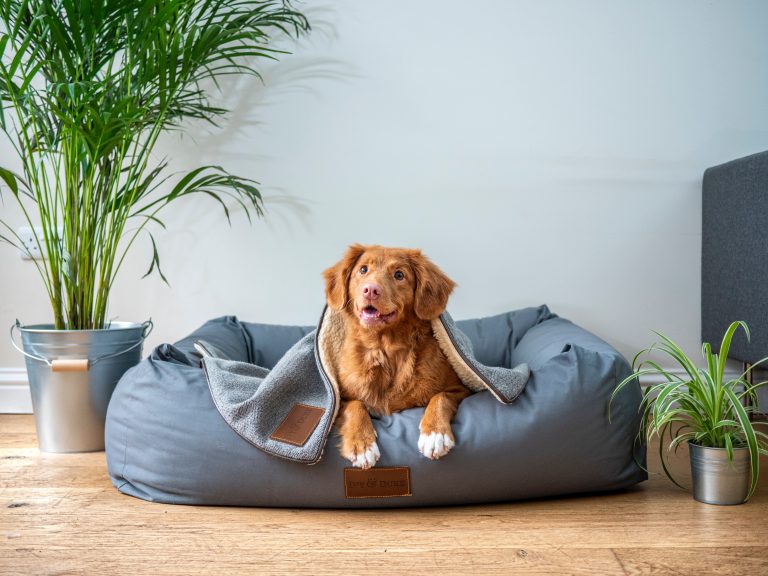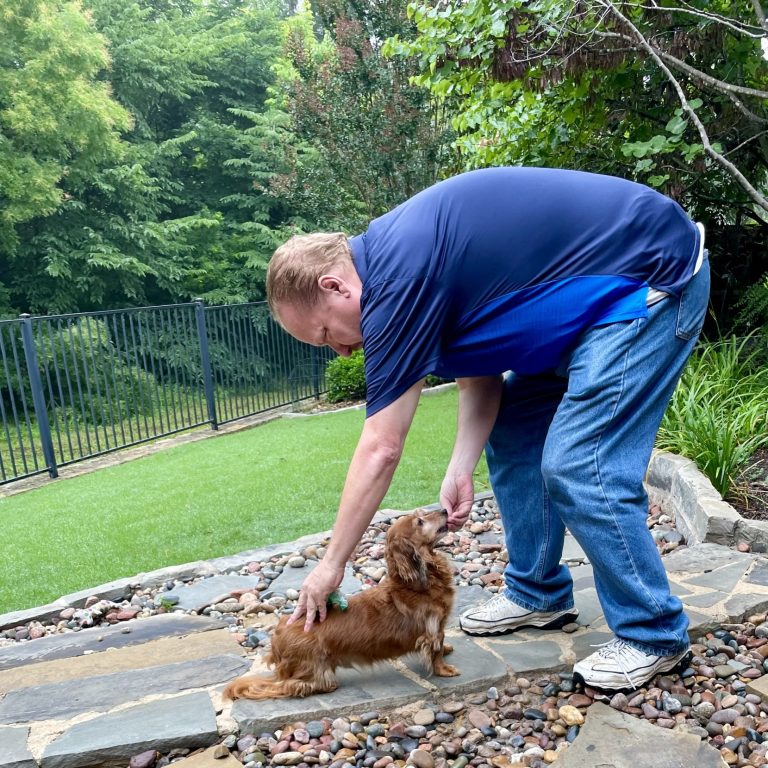Bringing a new furry friend into your home can be an exciting and heartwarming experience. Often, however, your new companion may need some time and assistance to feel at ease in their new environment. Whether you’re welcoming a dog or a cat, ensuring a smooth transition requires patience, understanding, and careful planning. In this article, we’ll delve into the art of making your dog or cat comfortable in a new environment.
The Power of Preparation
Before your new pet arrives, it is crucial to set the stage for a successful transition. Just as you would prepare your home for a new human family member, pet-proofing and creating designated spaces for your furry friend are essential steps.
- Pet-Proofing: Your home may have potential hazards that you haven’t noticed before. Tuck away electrical cords, secure loose items, and place toxic substances out of reach. This proactive approach minimizes accidents and allows your pet to explore without worry.
- Designated Spaces: Create a safe haven for your pet within your home. A cozy corner with a comfortable bed, toys, and water will help your pet feel secure. For cats, consider setting up scratching posts and perches to satisfy their natural instincts.

Gradual Introduction
- Familiar Items: If possible, bring items with the scent of your pet’s previous environment. This could include a blanket, toy, or even a piece of cloth. Placing these items in their designated space can ease their anxiety.
- Exchange Scents: Swap scents between your new pet and their previous living environment. This might include rubbing a cloth on their bed and placing it where they previously slept. Similarly, send a cloth with your scent to their previous home. This scent exchange can help both pets and their previous owners feel more connected.
The Role of Routine

Routine brings predictability and predictability brings comfort. Establishing a consistent routine for your pet helps them understand their new surroundings and what to expect.
- Feeding Schedule: Stick to a regular feeding schedule. This helps your pet understand when mealtime is and minimizes any uncertainties.
- Walks and Playtime: For dogs, maintaining regular walk and play schedules provides structure. It allows them to explore their new environment gradually and become familiar with the surroundings.
- Quiet Time: Just as humans need downtime, pets also benefit from quiet time. Designate periods where your pet can relax without disruptions.
Patience and Positive Reinforcement
Patience is an absolute necessity when helping your pet adjust to a new environment. It’s important to remember that each pet is an individual and will adapt at their own pace.
- Avoid Forcing Interactions: If your new pet is feeling shy or overwhelmed, forcing interactions can increase their stress. Let them come to you on their own terms.
- Positive Reinforcement: Rewarding your pet for positive behaviors and moments of bravery can be very helpful. Treats, kind words, and gentle pets can go a long way in building their confidence.
Socialization and Exploration
Socialization is vital for both dogs and cats. While it’s important to take things slowly, allowing your pet to explore new spaces and meet new faces can help them feel more comfortable.
Gradual Introductions: If you have other pets, introduce them one at a time in a controlled and supervised manner. This prevents overwhelming both your new pet and existing pets. The Animal Humane Society provides guidance on how to best introduce pets to one another:
- Be prepared to manage your pets’ interactions for several weeks, if not longer. This process can take a while!
- Keep pets separate at first (3-4 days). Prevent contact until new pet has had initial vet checkup. Keep new furry friend in its own room with the door closed. Here, the ultimate goal is to allow the animals to get used to one another without face-to-face contact, buy initially with hearing and smells.
- Feed on opposite sides of a closed door
- Begin face-to-face meetings once both pets are able to eat calmly next to the same door. Keep the first few sessions short and calm. Provide treats as positive reinforcement and repeat sessions daily, until all parties become more comfortable.
- Allow animals loose in the room together when both pets appear to be getting along well. If tensions become too much, start back at earlier steps.
- Proceed with caution.
Gentle Exposure: For dogs, take short walks in the neighborhood, allowing them to get used to the sights, sounds, and smells. For cats, open the blinds or window curtains so they can watch birds or place a bird feeder near a window for visual stimulation.
Seeking Professional Help
Sometimes, despite all of your efforts, your pet might struggle to adjust. If you notice signs of severe stress, anxiety, or aggression, it’s crucial to seek help from a professional veterinarian animal behaviorist, or dog trainer (our dog trainersare experienced with pet anxiety!) They can provide continued guidance tailored to your fur baby’s specific needs.
Welcoming a new pet into your home is meant to be a joyous occasion, but also requires thoughtfulness and care. By preparing your home, introducing your pet gradually, focusing on familiar scents, establishing routines, practicing patience, and encouraging socialization, you’re paving the way for a comfortable and successful transition. Remember, every pet is unique, and their adjustment process will vary. With love, attention, and patience, your new furry friend will soon become a comfortable, loving member of the family.










